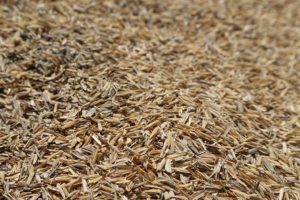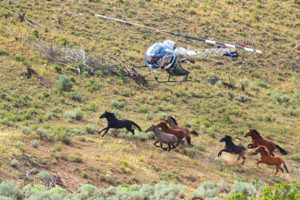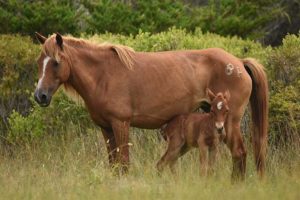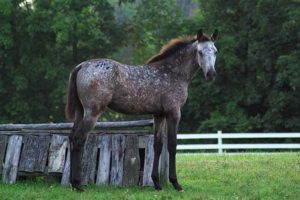
Study: Slow-Releasing Deslorelin Delays Mares’ Heat Cycles
The drug used to bring mares into heat for breeding might be just as effective at keeping them out of heat when given at different doses.


The drug used to bring mares into heat for breeding might be just as effective at keeping them out of heat when given at different doses.

Scientists have unearthed an ancient “uncle” to equids in India, pointing to the evolutionary origins of horses.

Blending at least 15% chaff with a horse’s feed can increase consumption times and reduce health risks such as colic and choke.

Learn how horse owners can use empathy to predict and interpret horses’ behaviors and respond appropriately.

Researchers observed horses in three scenarios with unfamiliar humans armed with carrots. They found the horses reacted differently based on the humans’ intentions.

A University of Wyoming researcher reviewed 10 years of data about BLM wild mustang and burro captures and related equid injuries and death.

A study using the test found asthmatic horses appear to have allergic triggers similar to humans, including a common arena footing material: latex.

Researchers observed feral herd interactions during a three-year study and found effective mare-foal vocal communication seems to help foals survive.

Two fillies with facial fractures went on to high-performance careers after undergoing successful surgeries to repair their sinuses. Veterinarians based the technique on one used to repair human skull fractures.

A research team including Dr. Hilary Clayton reviewed existing studies quantifying elite dressage performance as the group works to establish a classifications system for paradressage.

To ensure your horse stays hydrated, provide him with fresh, clean, clear water at appropriate drinking temperatures. Here’s how.

Study: Horses stalled on nonedible bedding ‘rebounded’ during the day, consuming their daytime rations faster with fewer pauses than horses living on straw.

Researchers found horses pulling tourism carts didn’t have excessive demands placed on them but did make recommendations for improved welfare.

Researchers observed horses taking more steps and spending more time in a relaxed position after their hoof care appointments.

Many training styles and riding mistakes can make a horse less responsive to cues, pressure, and even pain—and that’s often the early stages of learned helplessness. Learn how to identify and prevent this negative mental state.

A study led by Dr. Sue Dyson found signs of lameness in 73% of horses riders identified as sound. Also, nearly 50% of the horses’ saddles showed signs of poor fit.
Stay on top of the most recent Horse Health news with